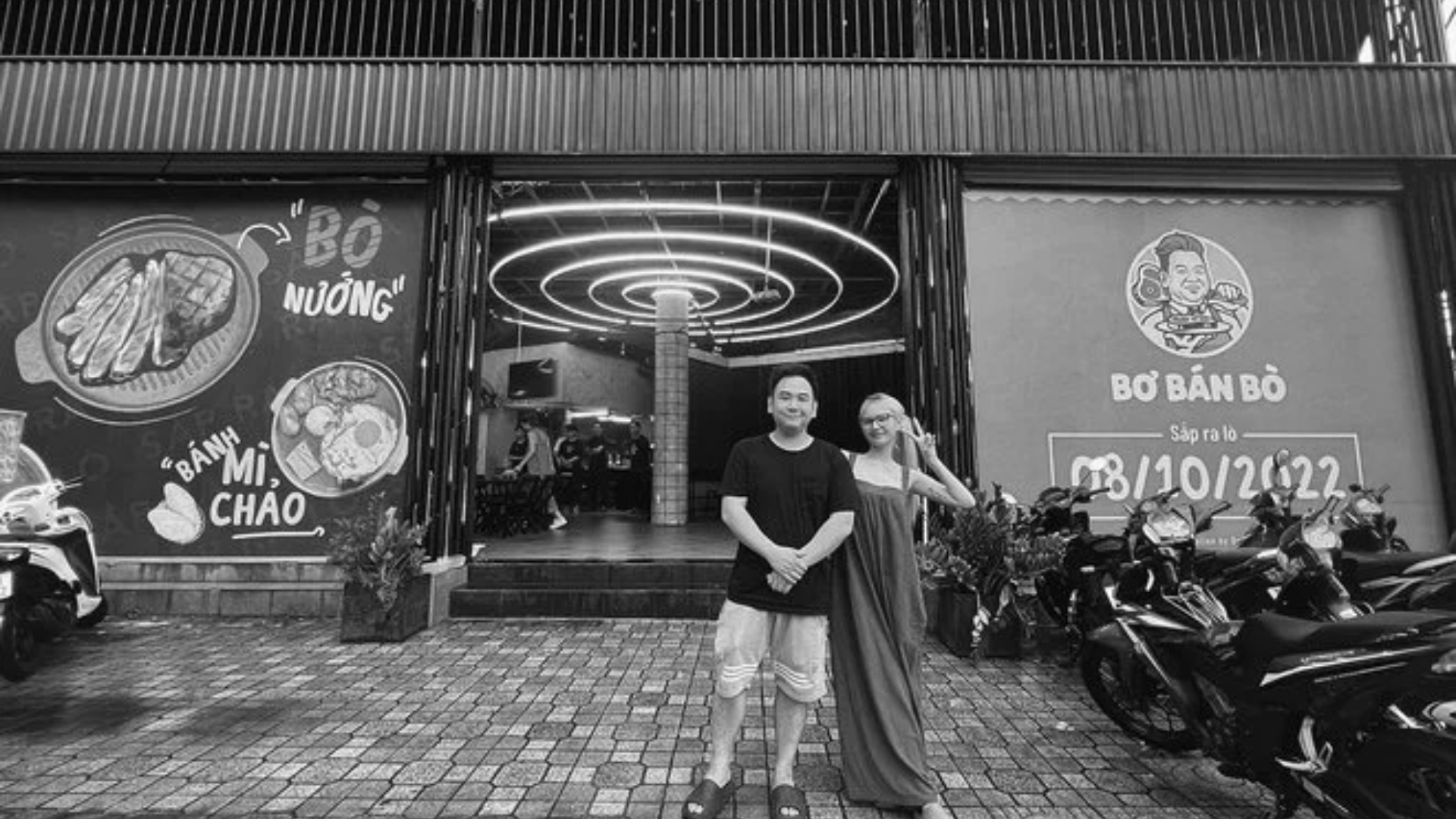Distinguish between Break-Even Point and Paypack Period.
BEP calculates the break-even point, which is the point at which, after calculating variable costs that change according to revenue, how much sales do you need to cover fixed costs, That means costs without sales still have to be paid.
My spreadsheet on the break-even point, that is, the point that the Founder needs to calculate to know how many products he can sell a day is feasible compared to the desk capacity at the point of sale that takes place during the 3-4 peak hours of selling only on weekends. evening (added full weekend traffic to get the average) and after how many days is there a profit with variables that can change:
a) Selling price changes (at least 3 price segments I mentioned in article; I choose the middle part)
b) Variable costs: Discounts, commissions, cost prices, promotional activities change, arise…
c) Sales volume in the month changes equivalent to price, segment, ability Spending ability and times of economic crisis
d) Changes in fixed costs
These 4 factors will all change this BEP, shops in different geographical locations will also have different BEPs.
After deducting the costs obtained after the income statement, we have profit after the break-even point.
The payback period is compared to the initial CAPEX (Total investment cost), for example 2.4 billion/1 shop.
If you make a profit of 400 million, it takes 6 months to pay back = Paypack Period = How long does it take to pay back the initial investment cost? If you don’t get your original capital back, then you’re doing business = passionate, people.
After Profit: That shop continues to make a profit after the end of the development life cycle of the brand concept.
Suppose brand life cycle = 4.5 years; After paying back 6 months, there are still 4 years of profit before dismantling the brand and building a new one.

Some people argue that the average F&B payback is 18 – 24 months. That’s the average. But the problem is that your brand doesn’t have the Xemesis & Xoai Non effect + the ability to attract traffic to eat Bơ Bán Bò for their fans.
You do not have the financial investment position like Xemesis and the team founders. You started with 200 million, how can you compare it to an investment of several billion?
I also know that they are very strong in media and hired a KOL team with millions of fan reviews.
In 3 days, I increased 17,000 Followers with 3.3 million people accessing the content and 5,000 shares, not including interactions from other channels that take my content. Don’t deny the content I share if it’s just good enough; but without the Xemesis + Xoai Non effect and timing, it would be impossible to increase like that.
Let you see that the ability to payback in 6 months if Bơ Bán Bò’s operating capacity is good at attracting traffic, is completely feasible.
The remarkable thing I’m talking about here is:
Team BBB knows the advantages of the Xemesis + Xoai Non effect and they grow fast and are capable of meeting this (ie operating capacity) from choosing the concept, area and investment cost, choosing the source structure human resources (40 – 50 people) and set up the customer experience journey from ordering to driving the car; That is, they plan, execute, improvise and ensure a fairly uniform quality of experience in a short time, which is a characteristic of… skilled people; It’s not something a dreamer can do.
The dreamer is so lost that he can’t do that even if he wants to.
This is not something you can do with knowledge, but it includes experience and experience.
That’s what it means, guys.
I work as a secret customer: I see that they calculate very well and perfectly at the same time >= 80% of the factors, so that’s excellent.
Just try drawing a plan in an air-conditioned room and if you get it right 50% of the time, I will convince you.
That’s why I say that the BBB team is remarkable.
Therefore, I think you should:
1. Take a finance class to learn how to calculate the break-even point and recovery time.
2. Learn more operating capabilities and build shop experience to be like BBB.
3. Xemesis’ withdrawal from BBB is a business lesson about capital structure that everyone should learn because it is unlikely that you can do as well as others; What if I have a shareholder conflict in the future?
4. Applause for other people’s achievements: Learn the miracles and good effects of other brands, apply them to yourself; Your time will come soon.
5. Learn from their remarkable execution ability as well as planning ability; Doing a lot creates experience and the ability to execute closely to the plan.
6. Manage risks by capital structure and methodical divestment to avoid unfortunate events when conflicts occur.
One written sentence, many meanings, people can understand; Must have knowledge, experience and be experienced.
